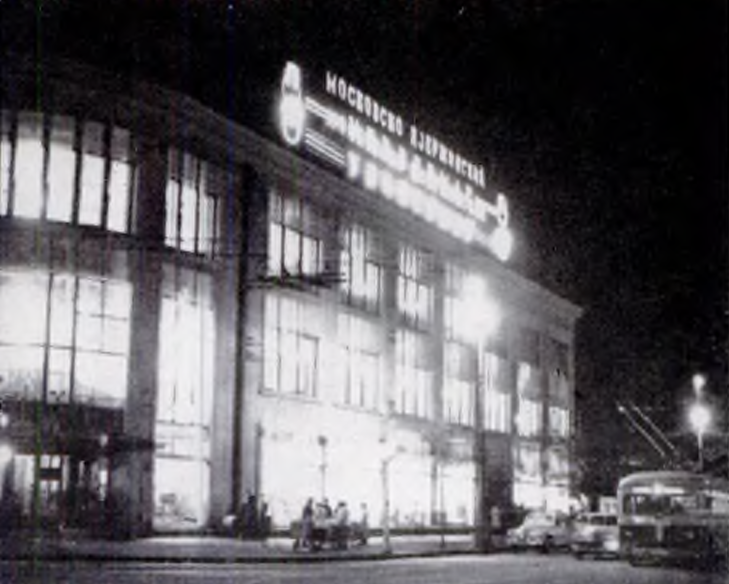Oryol -- City of the First Fireworks
- Michael Laxer
- Mar 12, 2024
- 3 min read

Red Army troops advance during the battle
From a folder of historic cards published in 1985 on the 40th anniversary of the victory of the USSR in the Great Patriotic War we continue our series looking at the Hero Cities and Fortresses as well as other sites and battles critical to the Soviet victory. The folder was entitled "No one is Forgotten. Nothing is Forgotten."
This twelfth post looks at the battles around the city of Oryol during the Battle of Kursk and Operation Kutuzov. The Battle of Kursk remains the largest tank battle in history and, along with Stalingrad, marked a decisive turning point in the war.
It is important to never forget the tremendous determination, courage and sacrifices of the Soviet peoples and Red Army in the great struggle of liberation against Nazism and fascism that was World War II.
(The eleventh installment was Brest: Hero Fortress of the USSR (theleftchapter.com) )

During the Battle of Kursk, the offensive strategy of the Wehrmacht suffered a complete collapse. Hitler's Germany and its allies were forced to go on the defensive on all fronts of the Second World War. This battle, the advance of Soviet troops to the Dnieper, completed a radical turning point in the course of the war.
In terms of its results and the number of forces participating in it, the Battle of Kursk was one of the largest in the Second World War. More than four million people took part in this great battle on both sides, over 69 thousand guns and mortars, more than 13 thousand tanks and self-propelled guns, and about 12 thousand aircraft were involved. Thus, in terms of the commitment of equipment and the intensity of troop actions, the Battle of Kursk has no equal. From the point of view of military art, this is an example of a combination of persistent deliberate defense and decisive counter-offensive by Soviet troops.
In the Battle of Kursk, fascism suffered a new gigantic defeat after Stalingrad. 30 divisions were destroyed, including 7 tank divisions. The enemy lost more than half a million people killed and wounded, 1,500 tanks, 3,000 guns, and over 3,700 aircraft. During the Battle of Kursk, the largest tank battle of the Second World War took place, in which over 1,200 tanks and self-propelled artillery units took part.
The counteroffensive of Soviet troops in the area of Oryol, Kursk and Belgorod grew into a general offensive of the Soviet Army, which led to the collapse of the fascist German front from Velikiye Luki to the Black Sea. Nazi Germany was forced to go on the defensive on all fronts of the Second World War.
In the Battle of Kursk, Soviet troops showed massive heroism, increased military skill and high morale. 132 formations and units received the guards rank, and 26 formations and units were awarded honorary titles. For the courage and bravery shown in battle, more than 100 thousand soldiers, sergeants, officers and generals were awarded orders and medals, and over 180 people were awarded the title of Hero of the Soviet Union. Oryol and Belgorod are the Cities of the First Fireworks*.
*Oryol and Belgorod were the first major cities to be liberated by the Red Army and were thereafter each known as a City of the First Fireworks in memory of the celebratory fireworks set off in Moscow and elsewhere afterwards.

Monument to the Soldiers of the 13th Army and the 16th Lithuanian Rifle Division







Comments